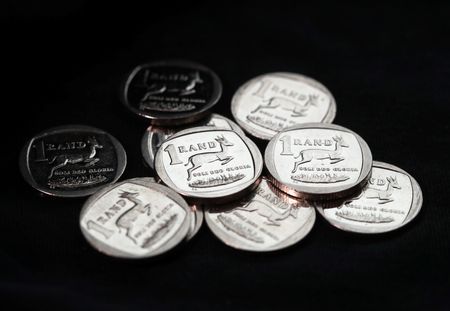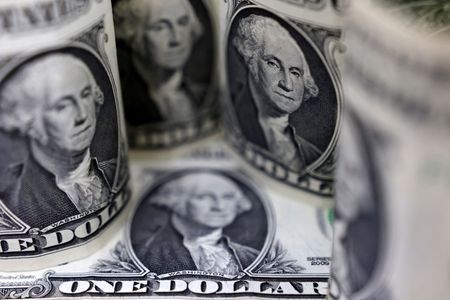By Nicole Jao
NEW YORK (Reuters) -Oil prices slipped on Tuesday as rising OPEC+ supply and worries of weaker global demand countered concern about U.S. President Donald Trump’s threats to India over its Russian oil purchases.
Brent crude futures settled $1.12, or 1.63%, lower to $67.64 a barrel, while U.S. West Texas Intermediate crude slipped $1.13, or 1.7%, to $65.16. Both benchmarks settled to their lowest in five weeks.
The Organization of the Petroleum Exporting Countries and its allies, together known as OPEC+, agreed on Sunday to raise oil production by 547,000 barrels per day for September, a move that will end its most recent output cut earlier than planned.
“The significant increase in OPEC supplies is weighing on the market,” said Andrew Lipow, president of Lipow Oil Associates.
Also weighing on prices, U.S. services sector activity unexpectedly flatlined in July with little change in orders and a further weakening in employment even as input costs climbed by the most in nearly three years, underscoring the ongoing drag of uncertainty over the Trump administration’s tariff policy on businesses.
“The market now is going to see if India and China agree to substantially reduce the purchases of Russian crude oil, thereby looking for alternative supplies elsewhere,” Lipow said.
Trump on Tuesday again threatened higher tariffs on Indian goods over the country’s Russian oil purchases over the next 24 hours. Trump also said declining energy prices could pressure Russian President Vladimir Putin to halt the war in Ukraine. New Delhi called Trump’s threat “unjustified” and vowed to protect its economic interests, deepening a trade rift between the two countries.
Oil’s move since Trump’s threat indicates that traders are skeptical of a supply disruption happening, John Evans of oil broker PVM said in a report. He questioned whether Trump would risk higher oil prices.
“I’d call it a stable market for oil,” said Giovanni Staunovo, an analyst at UBS. “Assume this likely continues until we figure out what the U.S. president announces in respect to Russia later this week and how those buyers would react.”
India is the biggest buyer of seaborne crude from Russia, importing about 1.75 million bpd from January to June this year, up 1% from a year ago, according to data provided to Reuters by trade sources.
Analysts forecast U.S. crude stockpiles fell by about 600,000 barrels. The American Petroleum Institute (API) trade group and the EIA are due to release weekly U.S. inventory data on Tuesday and Wednesday, respectively. [EIA/S] [API/S] [ENERGYUSA], [ENERGYAPI]
(Additional reporting by Enes Tunagur and Alex Lawler in London, Anjana Anil in Bengaluru and Siyi Liu in Singapore; Editing by Paul Simao and Nick Zieminski)










